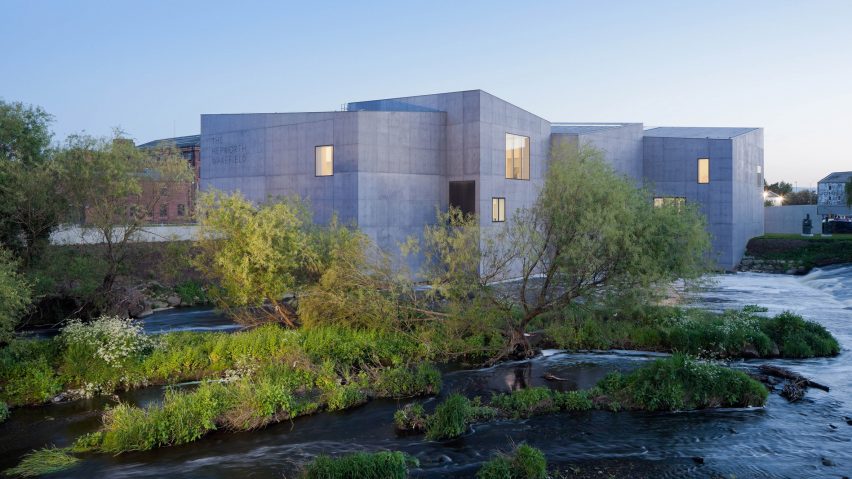
Fifteen landmark projects by Pritzker Architecture Prize-winner David Chipperfield
Here are 15 key projects by British architect David Chipperfield, who was named the winner of the 2023 Pritzker Architecture Prize today.
Chipperfield, who is the founder of architecture studio David Chipperfield Architects, is the 52nd winner of the Pritzker Architecture Prize.
The annual award aims to recognise living architects' built work and contributions to the built environment. It is considered the most significant award in international architecture.
His work includes numerous museums, galleries and offices around the globe, with his buildings shortlisted eight times for the prestigious Stirling Prize.
Read on for 15 of Chipperfield's key projects:
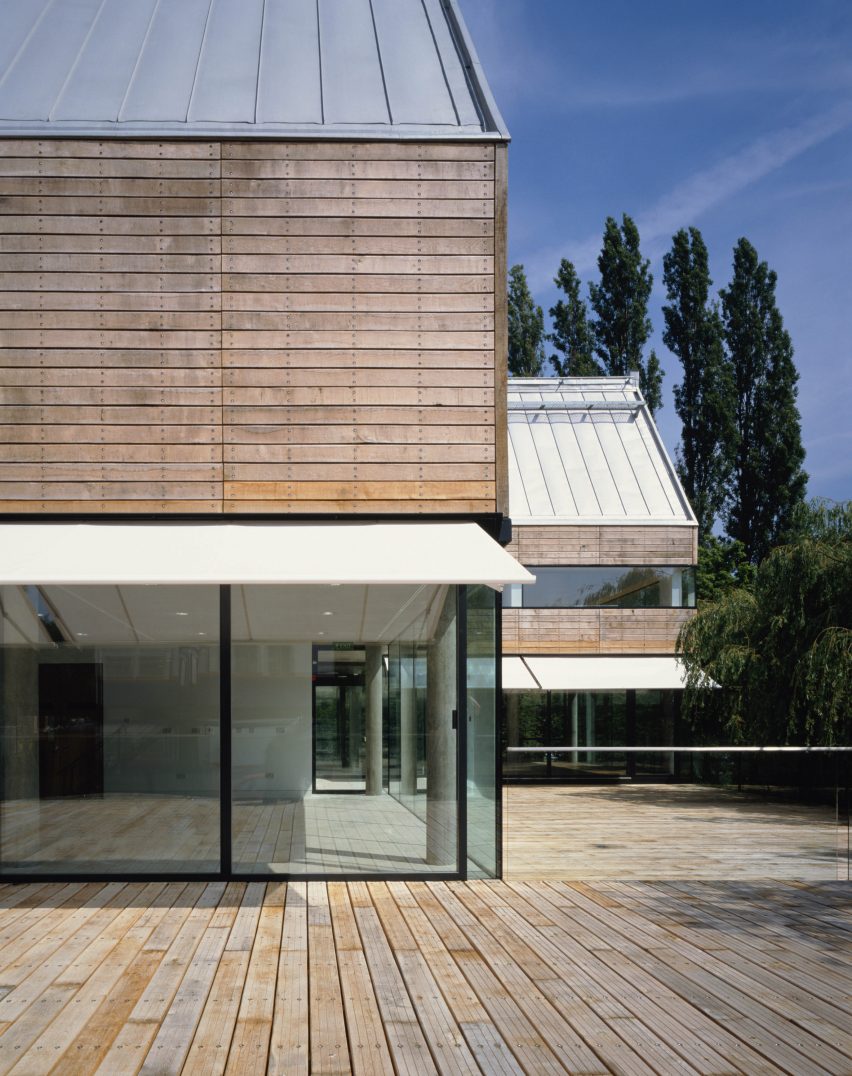
River and Rowing Museum, 1997, UK
Set on the south bank of the Thames, just outside of Henley's town centre, the River and Rowing Museum was Chipperfield's first major building in England. The museum is divided into two volumes, which are connected by a glass and concrete footbridge.
It is clad in untreated green English oak and features pitched roofs that were informed by Oxford's river boathouses and traditional wooden barns. Each of the volumes has glass bases that are elevated on top of concrete pillars that help the building withstand flooding.

America's Cup Building, 2006, Spain
Built in collaboration with Spanish studio B720 Fermín Vázquez Arquitectos, the structure was designed to host Europe's first America's Cup in over 150 years. It is characterised by four stacked, horizontal concrete planes, which protrude and cantilever around the perimeter of the building and function as large, wrap-around viewing decks.
The ground and top floors of the building house restaurants, lounges, a wellness club and amenities for athletes and sponsors. The first floor is dedicated to retail spaces and a publicly accessible viewing deck.
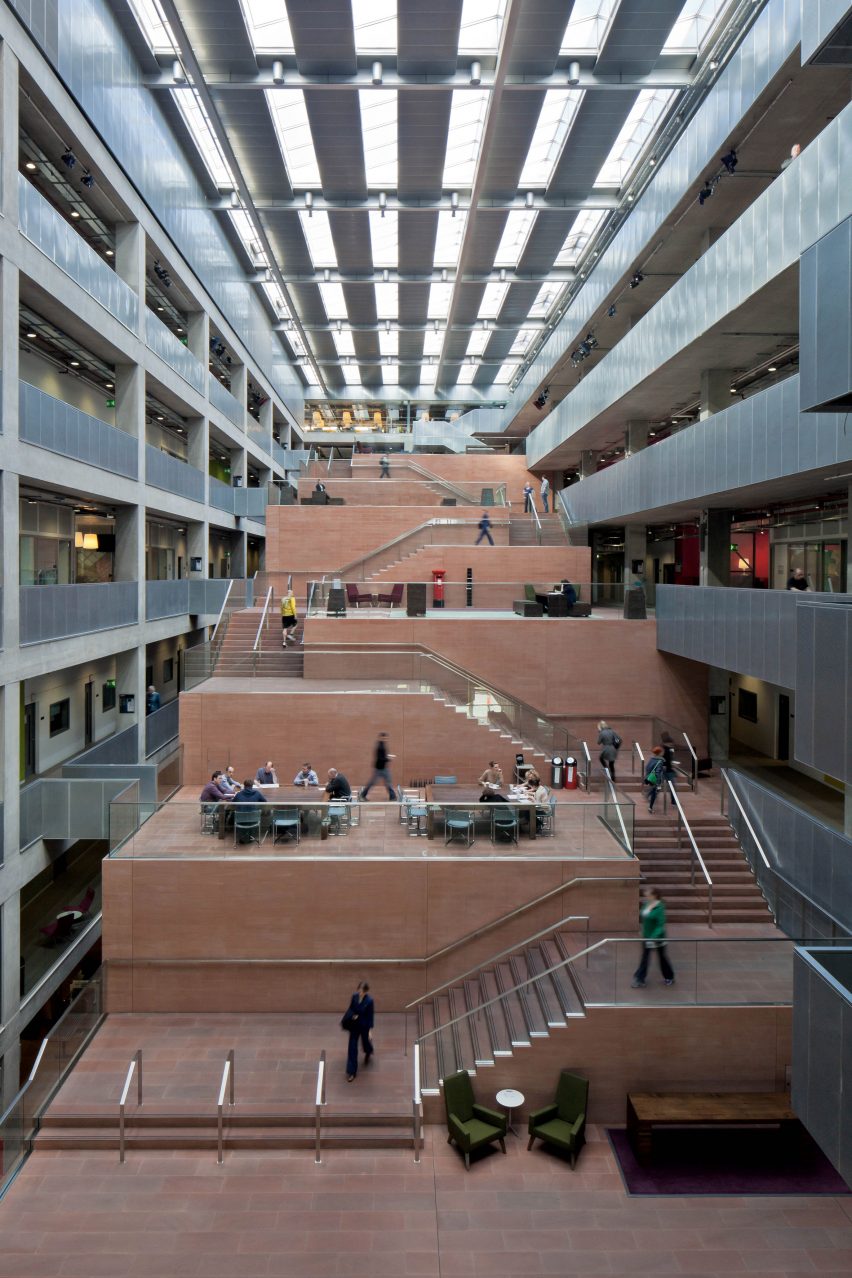
BBC Scotland Headquarters, 2007, UK
Located at a site in Glasgow's Govan Graving Docks – an abandoned shipbuilding site on the River Clyde – Chipperfield's BBC Scotland Headquarters were built in 2007. The building is used to film television outputs, radio broadcasts and digital media.
Inside the building, a large atrium is located at the centre of the headquarters and includes a snaking staircase with stacked breakout areas that help to control circulation while encouraging employees to use the terraces for social and work purposes.
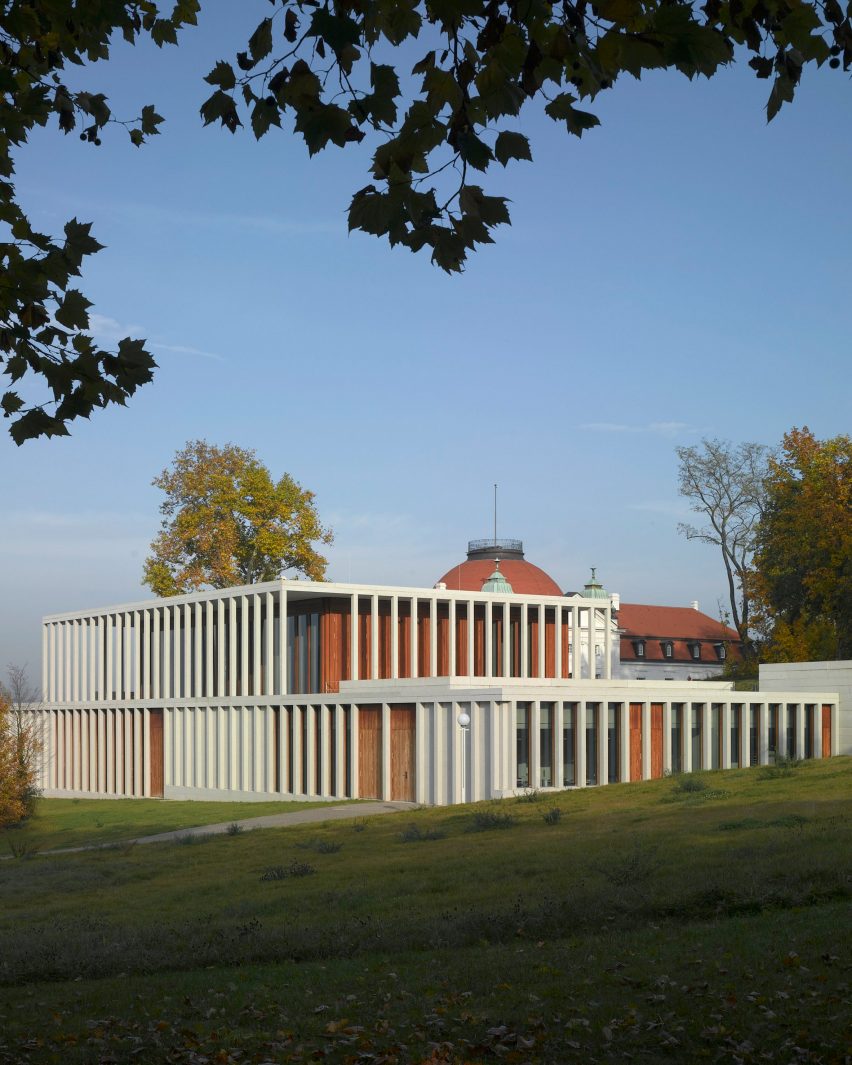
Museum of Modern Literature, 2007, Germany
In 2007, David Chipperfield Architects won the RIBA Stirling Prize for the Museum of Modern Literature at Marbach am Neckar in Germany.
The pavilion-like building is partly embedded into the brow of a hill beside the 19th-century Schiller National Museum. It is finished with a material palette including concrete and limestone, which the studio chose to give "the architecture a strong, physical presence".
Find out more about Museum of Modern Literature ›
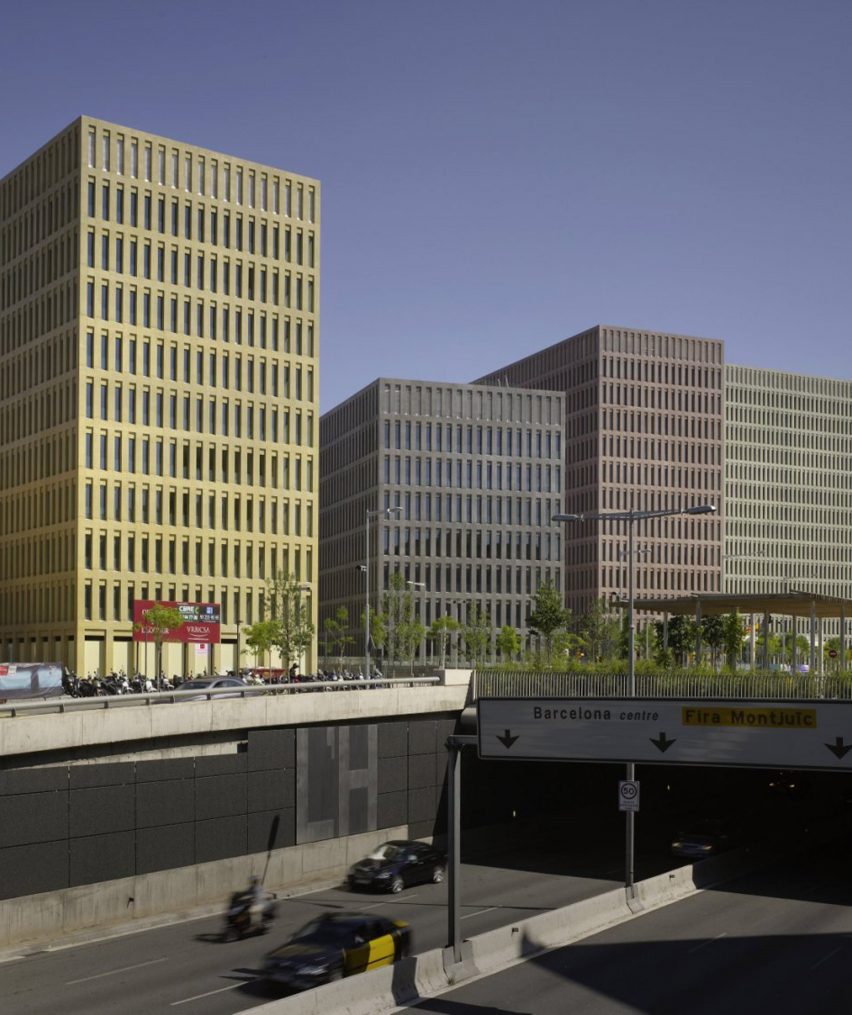
Ciutat de la Justícia, 2009, Spain
Ciutat de la Justícia is a vast nine-building complex housing law courts in Spain. Opened in 2009, it sits at the border of Barcelona and l'Hospitalet to unify their government's legal departments in one place.
The buildings have blocky, monolithic forms with load-bearing concrete facades, each finished with recessed windows and their own muted colour palette.
Find out more about Ciutat de la Justícia ›

David Chipperfield Architects and Julian Harrap Architects renovated Berlin's 19th-century Neues Museum on Museum Island in 2009.
The studios performed a sensitive renovation and restoration that also resulted in the rebuilding of the missing northwest wing and southeast bay – both of which were destroyed by bombing during the second world war and had remained derelict since. New exhibition rooms were built using pre-fabricated concrete elements that consisted of white cement mixed with Saxonian marble chips.
Find out more about Neues Museum ›
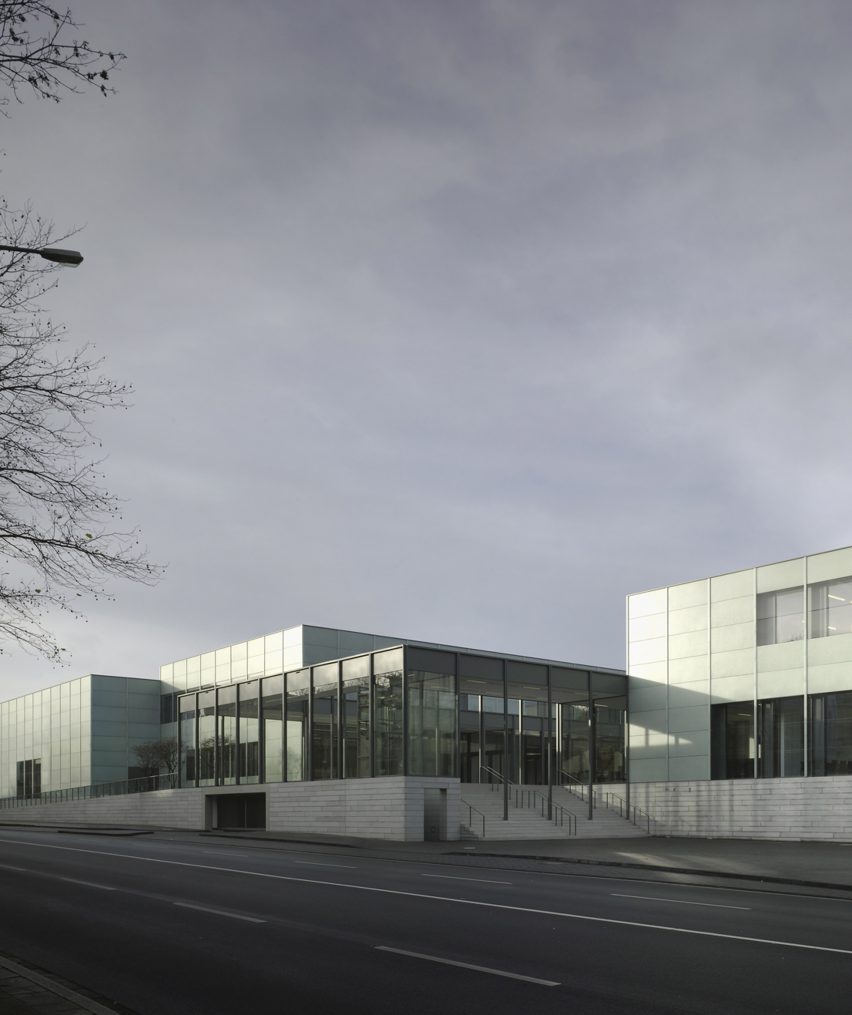
Museum Folkwang, 2009, Germany
In 2007, David Chipperfield Architects won an international architecture competition to design an extension for the Museum Folkwang in Essen, Germany. The extension is clad in blocks of recycled glass and consists of six structures, which are organised around four courtyards and gardens.
It was designed to complement and reflect the existing character of the original building. Inside publicly accessible spaces are bridged by glass passages that lead to the exhibition rooms. A temporary exhibition space was topped with a saw-tooth roof.
Find out more about Museum Folkwang ›
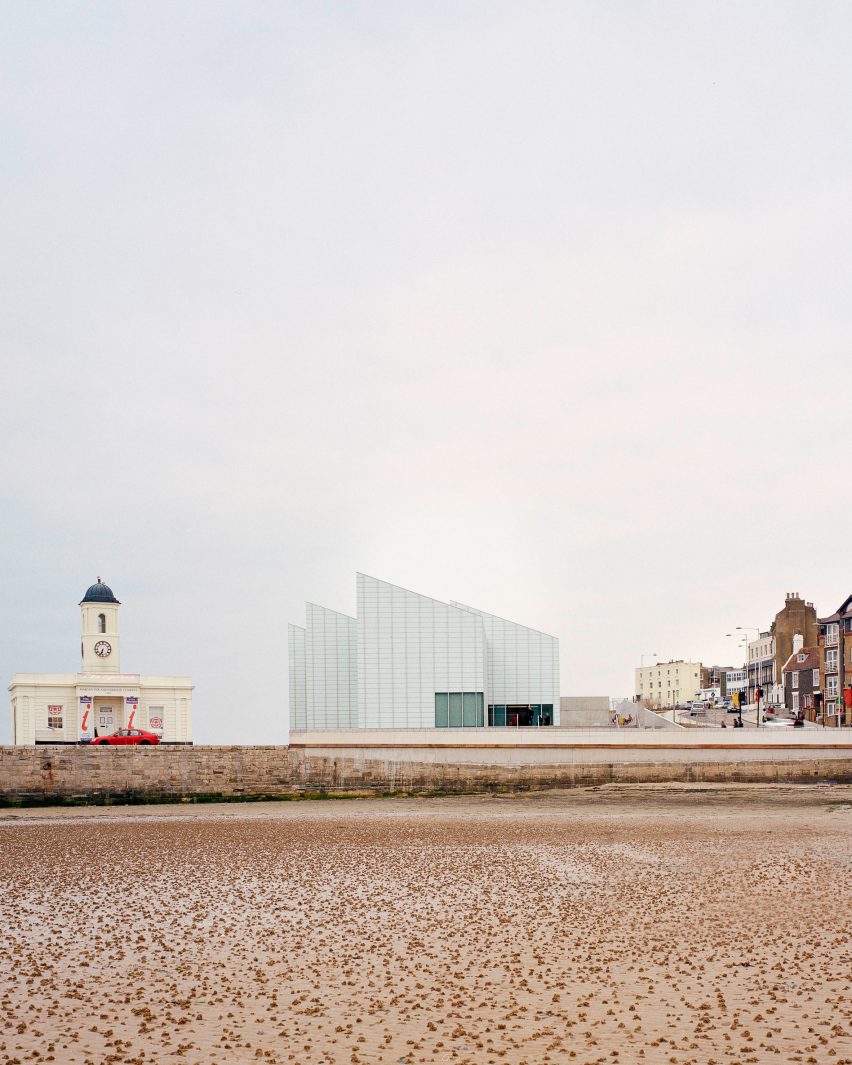
With a form inspired artist JMW Turner's paintings, the Turner Contemporary comprises six, identical jagged volumes, each with mono-pitched roofs, that are clad in an acid-etched glass skin.
Its seafront location in Margate, Kent means the gallery was built and fitted with design features that allow the building to withstand harsh sea conditions such as flooding and overtopping. It was constructed with a concrete frame and raised on a plinth. Its mono-pitched roofs mean water can drain easily and quickly.
Find out more about Turner Contemporary ›
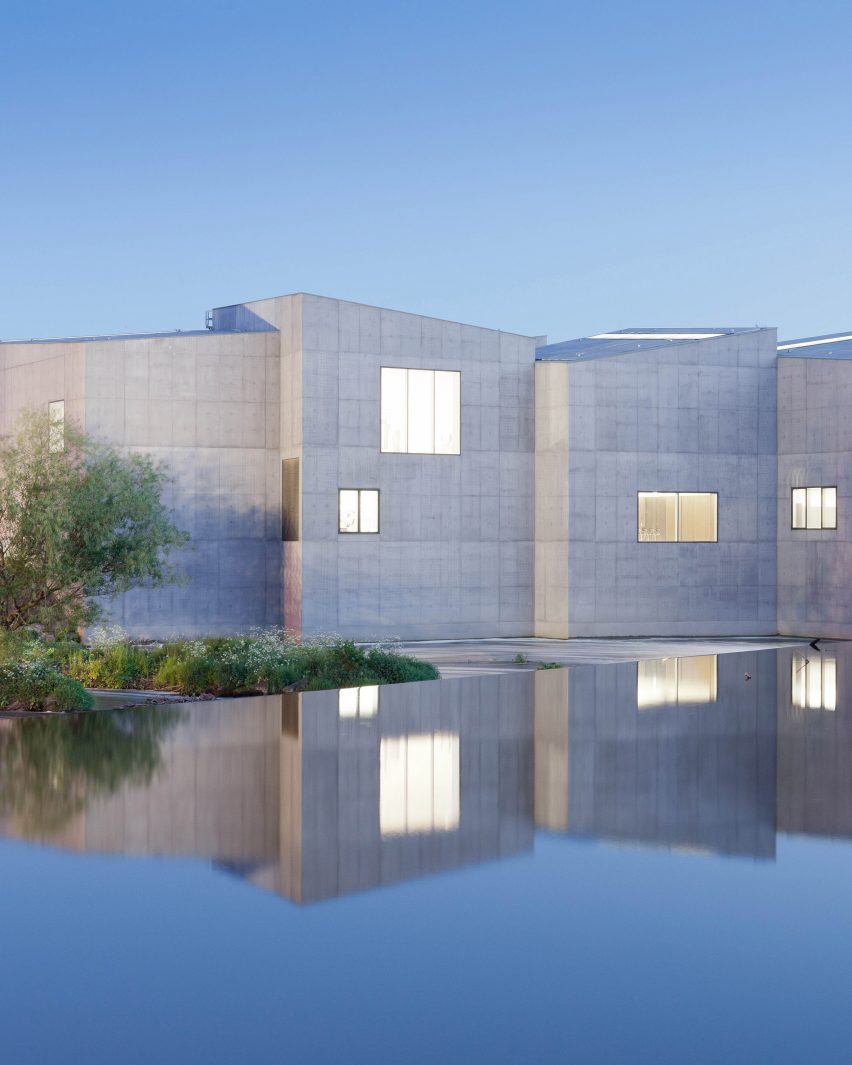
The Hepworth Wakefield, 2011, UK
Comprised of 10, naturally-lit exhibition rooms, that are each located within 10 interlinked trapezoidal volumes, The Hepworth Wakefield is a gallery in Yorkshire that Chipperfield designed in 2011.
As a result of the building's location on an industrial heritage site, the gallery's exterior was designed to respond to the surrounding warehouse and industrial buildings visually. Inside and located beneath pitched ceilings, gallery and exhibition spaces were scaled to complement the work of the Wakefield-born artist Barbara Hepworth.
Find out more about The Hepworth Wakefield ›
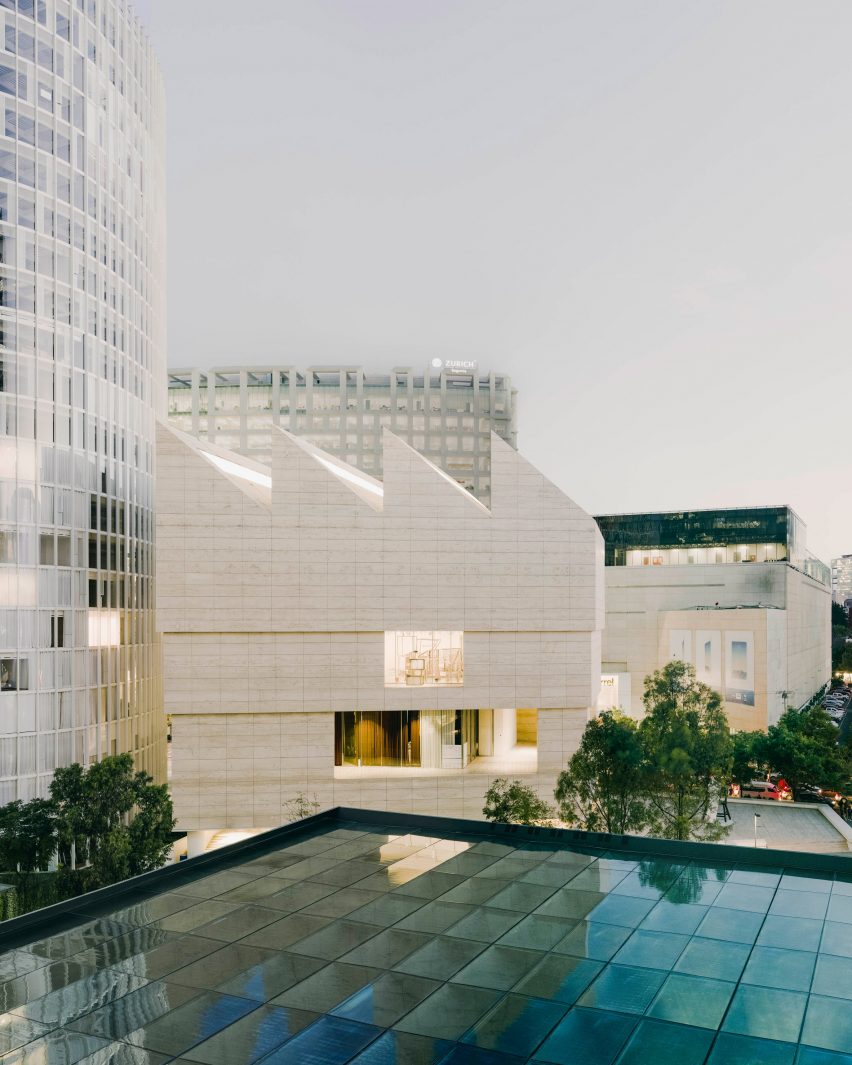
Museo Jumex is a Mexico City gallery designed and built in collaboration with architecture firm TAAU. It includes a white travertine exterior and a sawtooth roof that brings light into the interior of the top-level galleries.
The gallery was set on fourteen columns and a plinth which helps to encourage social activity resulting in a plaza-like space for the community.
The raised ground floor also enables access from the through to the upper floors of the building, which contain multifunctional spaces including, exhibition areas, workshops and permanent collections.
Find out more about Museo Jumex ›
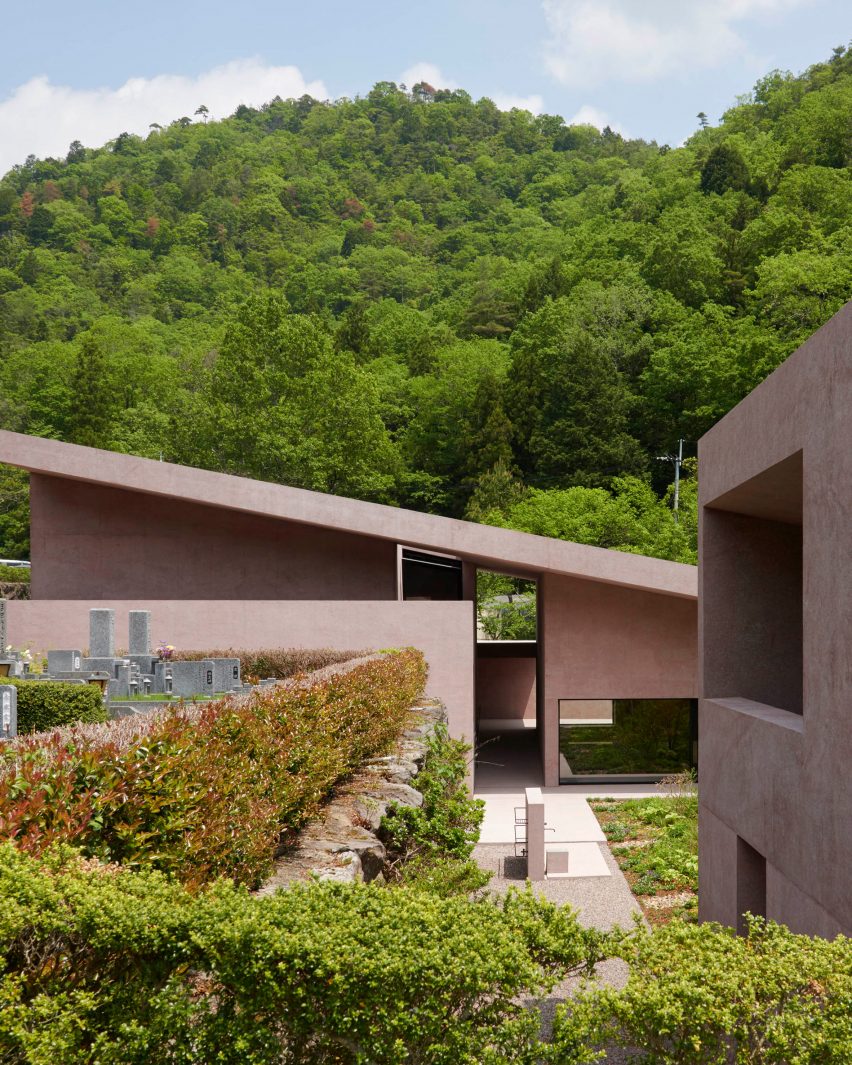
Inagawa Cemetery Chapel and Visitor Center, 2017, Japan
Blanketed in red-pigmented concrete, the Inagawa Cemetery Chapel and Visitor Center was designed for a cemetery in the Japanese town of Inagawa, a hillside municipality in the Hokusetsu Mountain Range of the Hyogo prefecture.
The buildings are located at the base of a hill and sit beside a grand flight of steps that stretches diagonally up the terraced hillside to a shrine.
The chapel and visitor centre was placed diagonally from each other and are sheltered beneath inclined roofs that help to visually guide views up the hillside.
Find out more about Inagawa Cemetery Chapel and Visitor Center ›
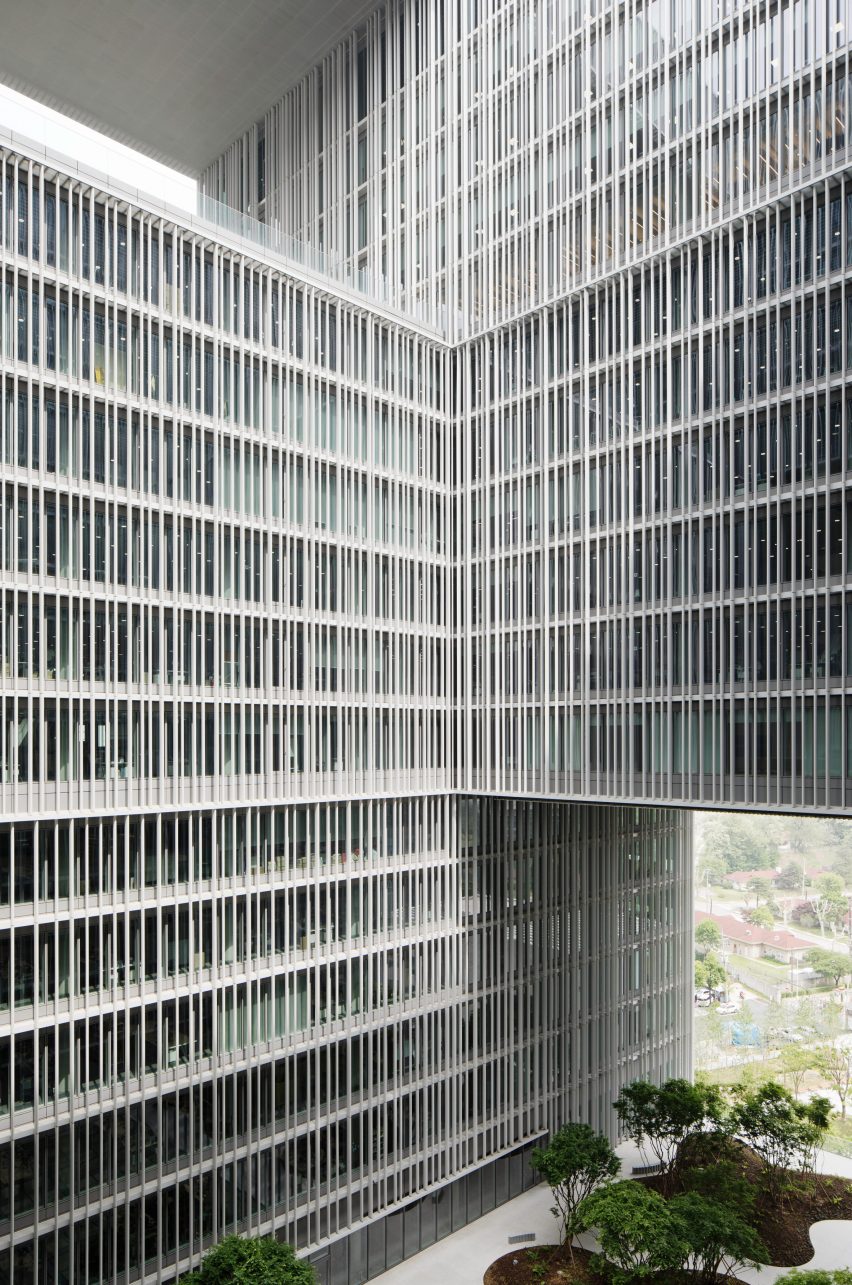
Amorepacific Headquarters, 2017, Republic of Korea
Located in the centre of Seoul, the headquarters was created for AmorePacific, Korea's largest beauty company.
The building totals 30 storeys tall and was developed around a central courtyard. The exterior of the building was punctuated with openings and voids that lead to the central atrium, which maximises daylight and natural ventilation to the interior of the building.
Find out more about Amorepacific Headquarters ›
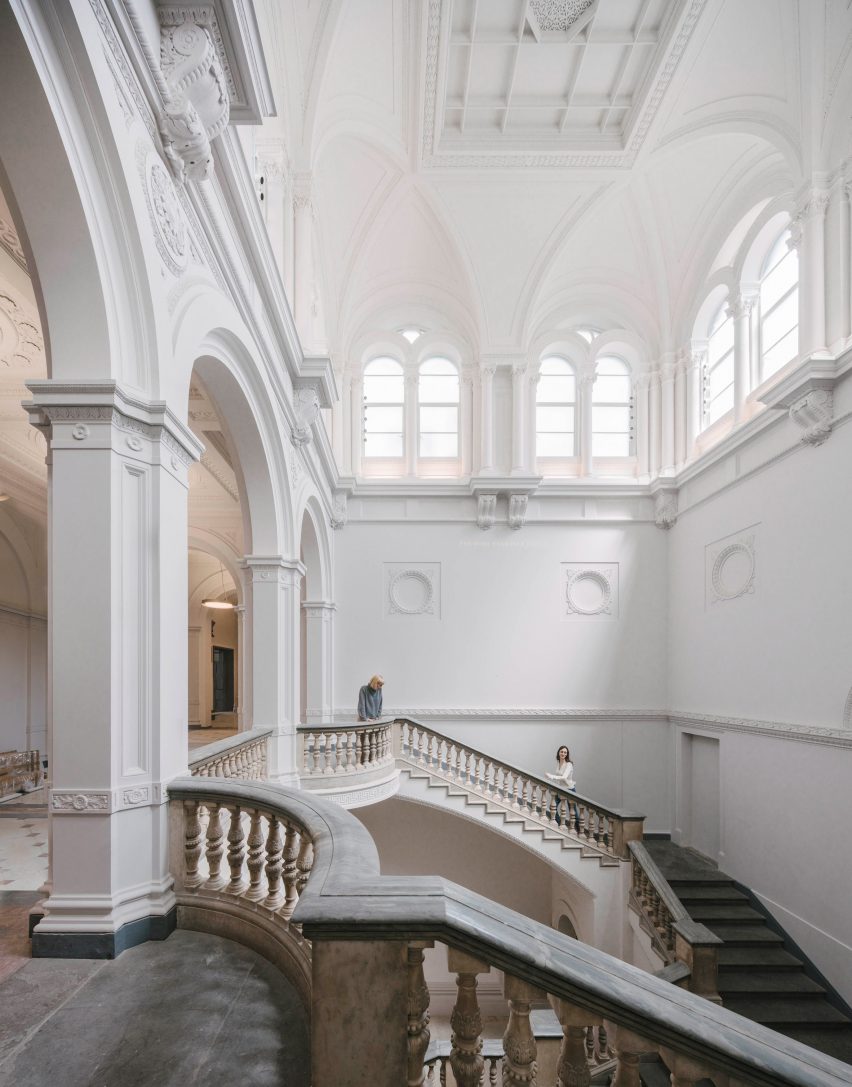
Royal Academy of Arts Masterplan, 2018, UK
To mark the 250th anniversary of the Royal Academy of Arts, David Chipperfield Architects rejuvenated a former Senate House at 6 Burlington Gardens and connected it to the institution's main building, Burlington House through a modern intervention.
The renovation and restoration of the buildings were completed in collaboration with conservation studio Julian Harrap Architects. The two buildings were connected via a concrete bridge that overlooks a new sculpture garden and provides a new public route between the Piccadilly and Burlington Gardens entrances to the Royal Academy of Arts.
Find out more about Royal Academy of Arts Masterplan ›
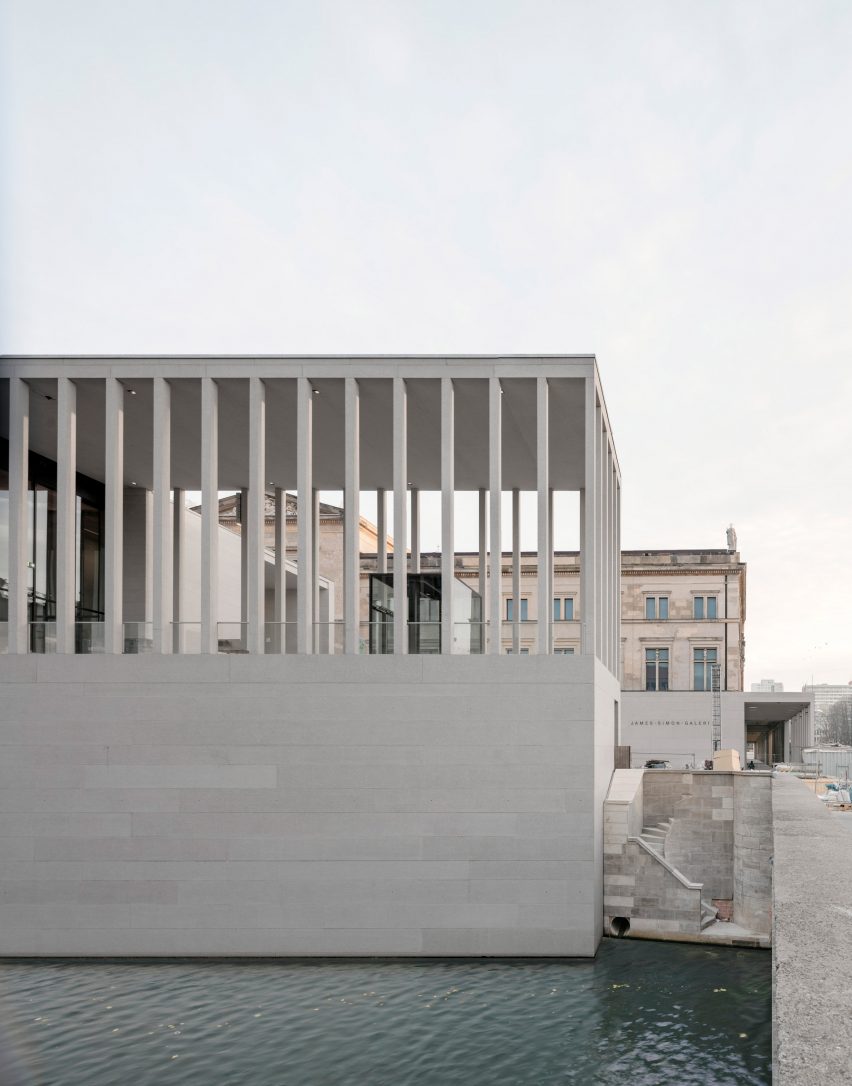
James-Simon-Galerie, 2018, Germany
Fronted by a stone facade with slim columns and colonnades, which were informed by the work of the 19th-century architect Friedrich August Stüler, James-Simon-Galerie functions as a gateway to a series of cultural buildings that are located on an island in the Spree river in Berlin.
The area is part of a site that David Chipperfield Architects has been re-master planning since 1999. The facade was constructed using reconstituted stone with a natural stone aggregate that was chosen to complement the surrounding limestone, sandstone and rendered facades of nearby buildings.
Find out more about James-Simon-Galerie ›
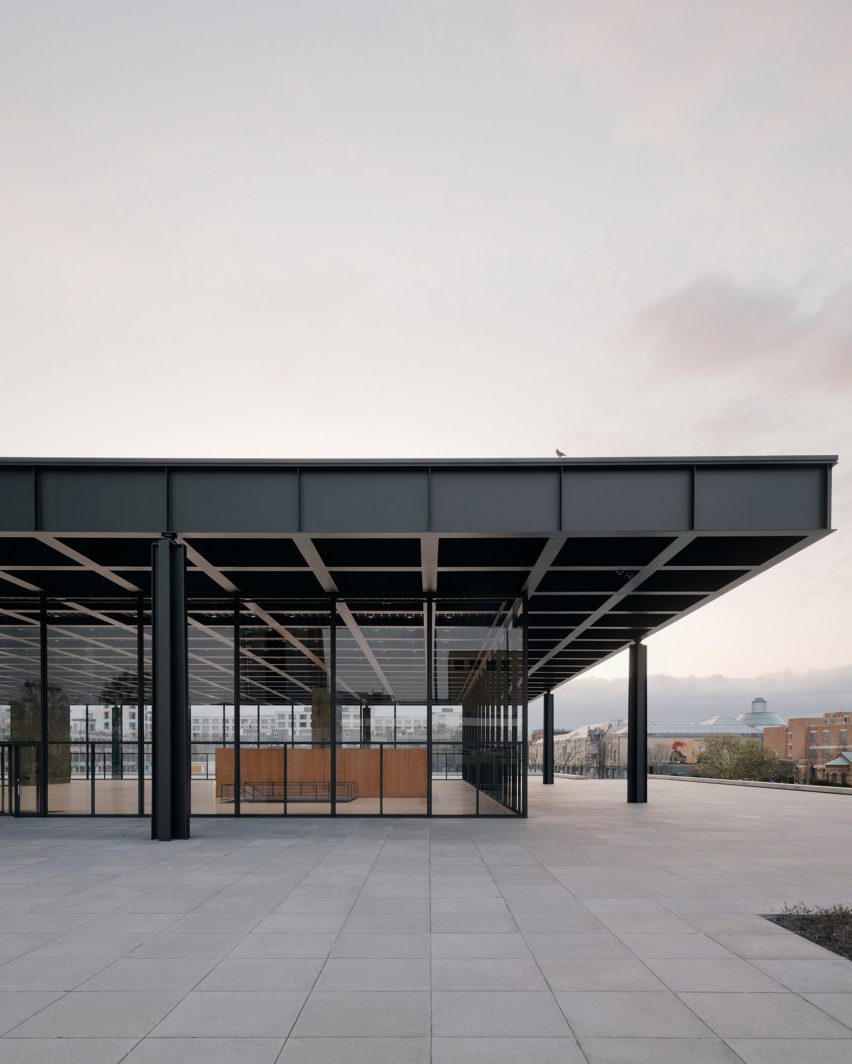
Neue Nationalgalerie, 2021, Germany
David Chipperfield Architect's renovation of Ludwig Mies van der Rohe's Neue Nationalgalerie in Berlin, Germany began in 2012. The project saw the studio perform a "surgical" refurbishment of the building's concrete structure, its steel and glass exterior and update its services.
This renovation was the first time that the structure had undergone a major renovation. Updates to the Neue Nationalgalerie's envelope meant its insulation, glazing and the steel frame of its canopy were updated and improved, alongside repairing its concrete shell.
Find out more about Neue Nationalgalerie ›